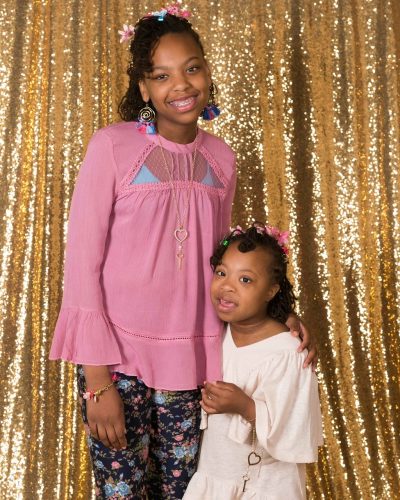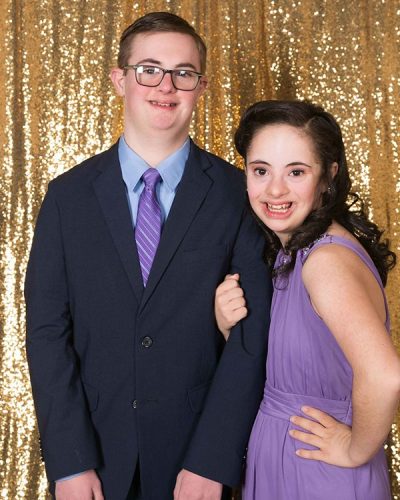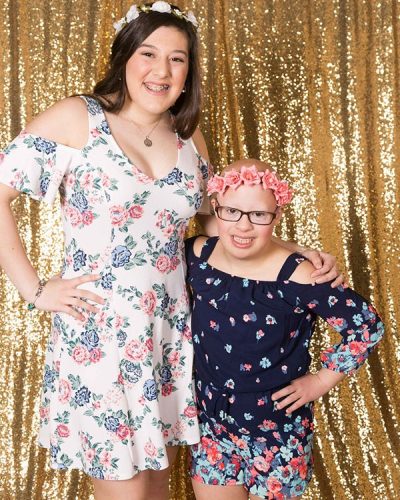About Down syndrome
Facts & Information
- Down syndrome is a genetic condition occurring when a baby is born with three copies of chromosome 21 rather than the usual two. Because there are three copies of chromosome 21, Down syndrome is also known as Trisomy 21. This additional genetic material causes the characteristics associated with Down syndrome.
- There are over 400,000 people living in the United States with Down syndrome. Down syndrome is the most frequently occurring chromosomal abnormality and is seen once in approximately every 700 live births.
- Although the incidence of Down syndrome increases with maternal age, 80% of children with Down syndrome are born to mothers under the age of 35. This is because more women under the age of 35 are having babies compared to women over the age of 35.
- The extra 21st chromosome causes children with Down syndrome to be at an increased risk for certain medical conditions and share similar physical features. People with Down syndrome have an increased risk for certain medical conditions such as congenital heart defects, gastrointestinal issues, respiratory and hearing problems, Alzheimer’s disease, childhood leukemia, and thyroid conditions. Many of these conditions are now treatable, so most people with Down syndrome lead healthy lives.
- A few of the common physical traits of Down syndrome are low muscle tone, small stature, an upward slant to the eyes, and a single deep crease across the center of the palm.
- All people with Down syndrome experience cognitive delays, but the effect is usually mild to moderate and is not indicative of the many strengths and talents that each individual possesses.
- People with Down syndrome want to be accepted and included. They have goals and dreams and want to be provided with choices and opportunities. People with Down syndrome are active in their communities, schools and jobs.
- Quality educational programs, a stimulating home environment, good health care, and positive support from family, friends and the community enable people with Down syndrome to develop their full potential and lead fulfilling lives.





Language Guidelines
- The correct name of this diagnosis is Down syndrome. There is no apostrophe “s” in Down. The “s” in syndrome is not capitalized (syndrome).
- An individual with Down syndrome is an individual first and foremost. The emphasis should be on the person, not the disability. A person with Down syndrome has many other qualities and attributes that can be used to describe them.
Encourage people to use people – first language:
- “The person with Down syndrome,” not “the Down syndrome person.”
- A person with Down syndrome is not “a Downs person.”
- A person “has” Down syndrome, rather than “suffers from,” “is a victim of,” “is diseased with,” or “afflicted by.”
- Each person has his/her own unique strengths, capabilities, and talents.

